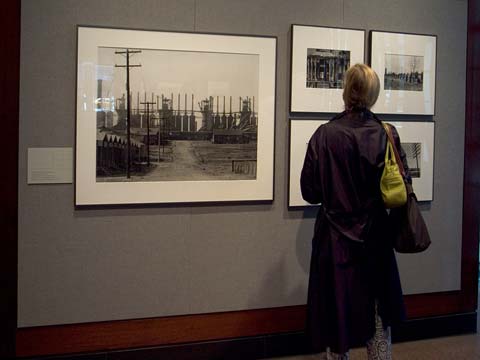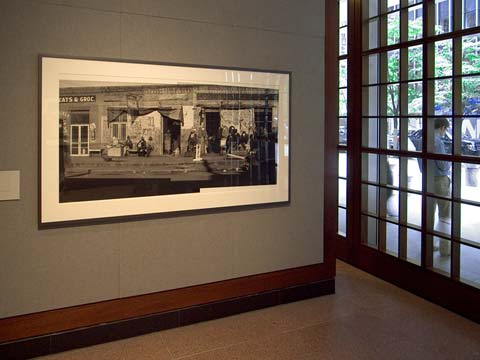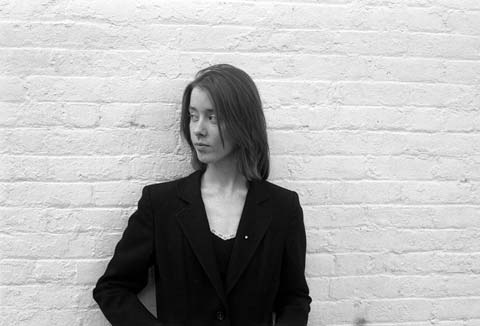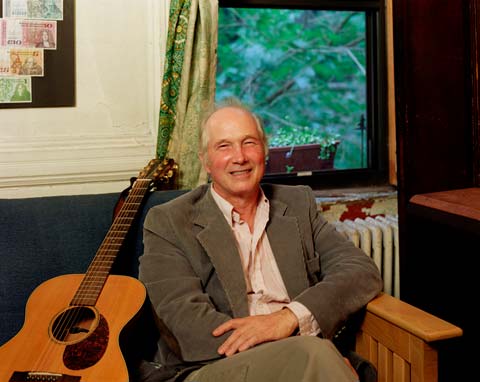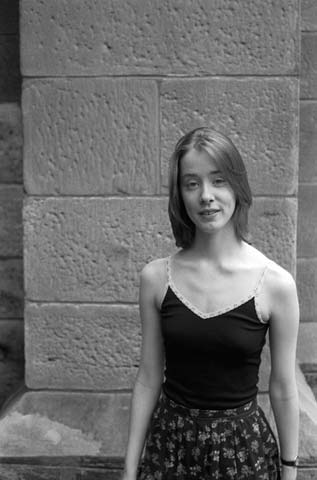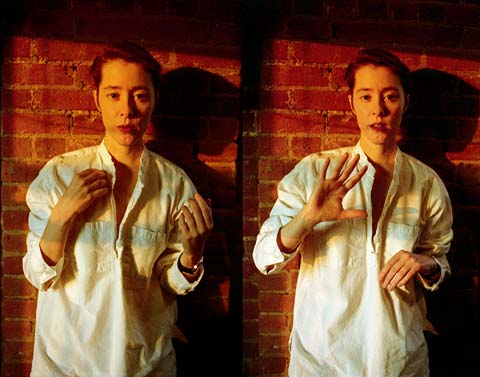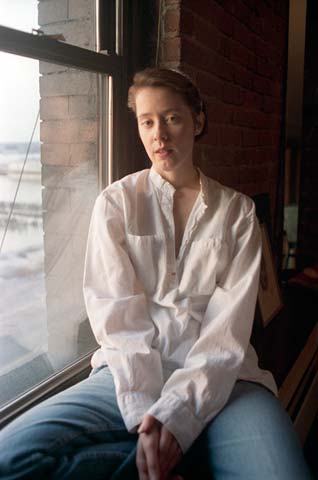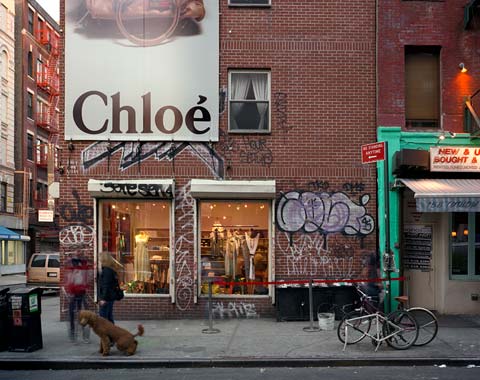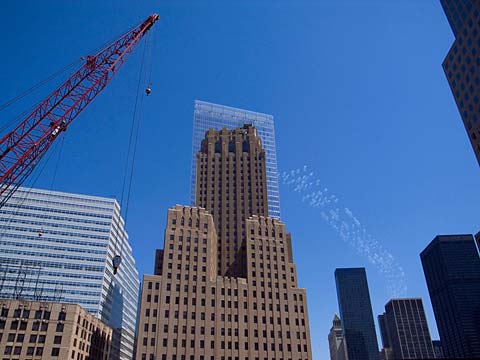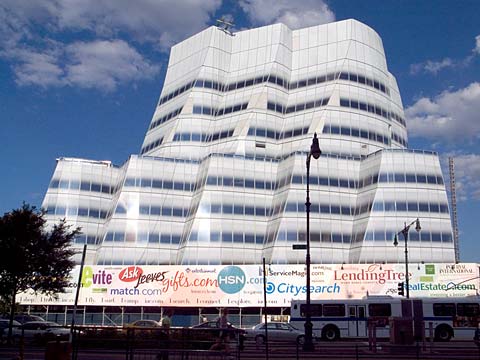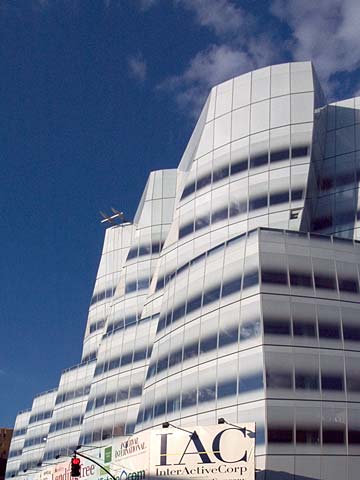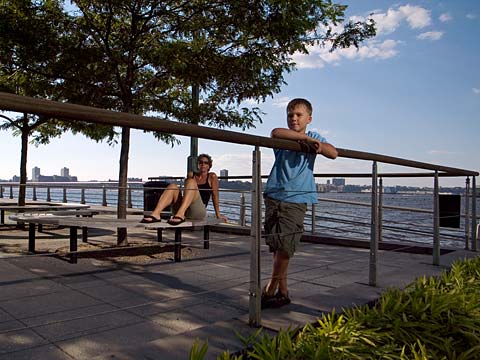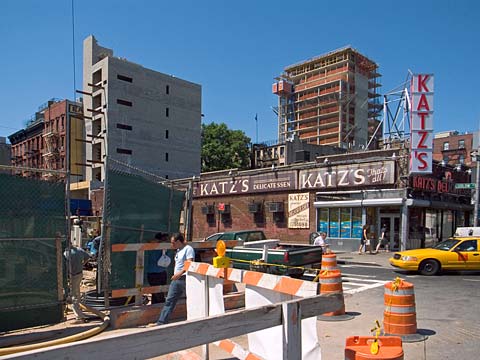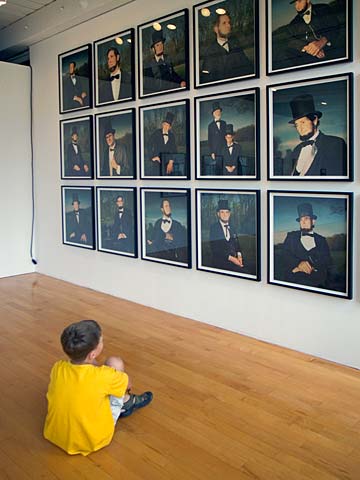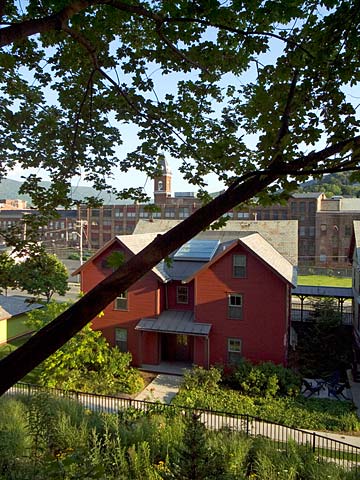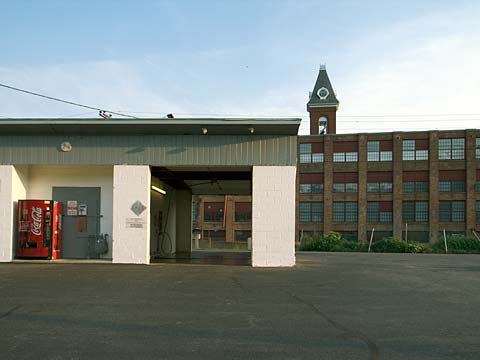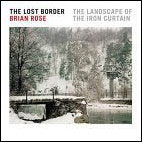New York/Amsterdam
I dashed up to the Walker Evans show at the UBS gallery in Midtown just before heading back to Amsterdam. I had just read a review by Michael Kimmelman in the New York Times and was extremely curious to see the new digitally made inkjet prints of familiar Evans images. I was a bit skeptical after reading the article, which was titled "Walker Evans, Or Is It?" The question being whether these new prints, which expand the possible tonal range and detail of the images, changes the intention of Evans' vision.
Walker Evans at the UBS Art Gallery
Once at the gallery, it didn't take me long to to come to the conclusion that these prints were the best representation of Evans' work I had ever seen. In the past, I had never given much thought to the quality of his prints, but just accepted them for what they were--a mixed bag made at different times by different people--especially those prints made from negatives kept at the Library of Congress. Certain kinds of photographic imagery seems to me bound to the specific method of presentation. But Walker Evans was not a printing maven like Ansel Adams, nor one to elevate the objectness of fine printing. His work was about the image, a thing that exists in another dimension--connected, of course, to the print--but ultimately residing elsewhere: in the moment of exposure, in the mind's eye of the photographer, in the historical and cultural distance of the things and people photographed.
Walker Evans at the UBS Art Gallery
The brochure accompanying the exhibit described the new prints as similar to old music played on modern instruments, and I think there is merit in that analogy. But I would liken it more to the remastering or remixing of recordings of music. It is possible to undermine the original by adding too much digital sheen, too much spatial definition, but it is also possible to enhance the appreciation of the performance by using technology previously unavailable. In the end, the remastered recording can stand side by side with the original, each offering different exeriences of the music. In the case of Walker Evans, the new prints are hung next to earlier prints made or supervised by Evans offering different interpretations of "the images."
Walker Evans at the UBS Art Gallery, photo-montage
Probably the most contentious of the prints in the exhibit is a montage of two pictures Evans made of a road-side scene depicting Black southerners sitting or standing in front of a row of stores. Clearly, Evans made the two photographs with the intention that they be shown next to one another, but actually stitching the two together he never did, and would not have been able to do. Photoshop makes it relatively easy to join overlapping images into one. One is asked to trust the instincts of John Hill and Sven Martson, the printers, who knew Evans before he died in 1975. On a personal note, I was lucky to have attended a slide lecture given by Walker Evans at MICA (the Marlyland Institute College of Art) while I was there in 1974.

